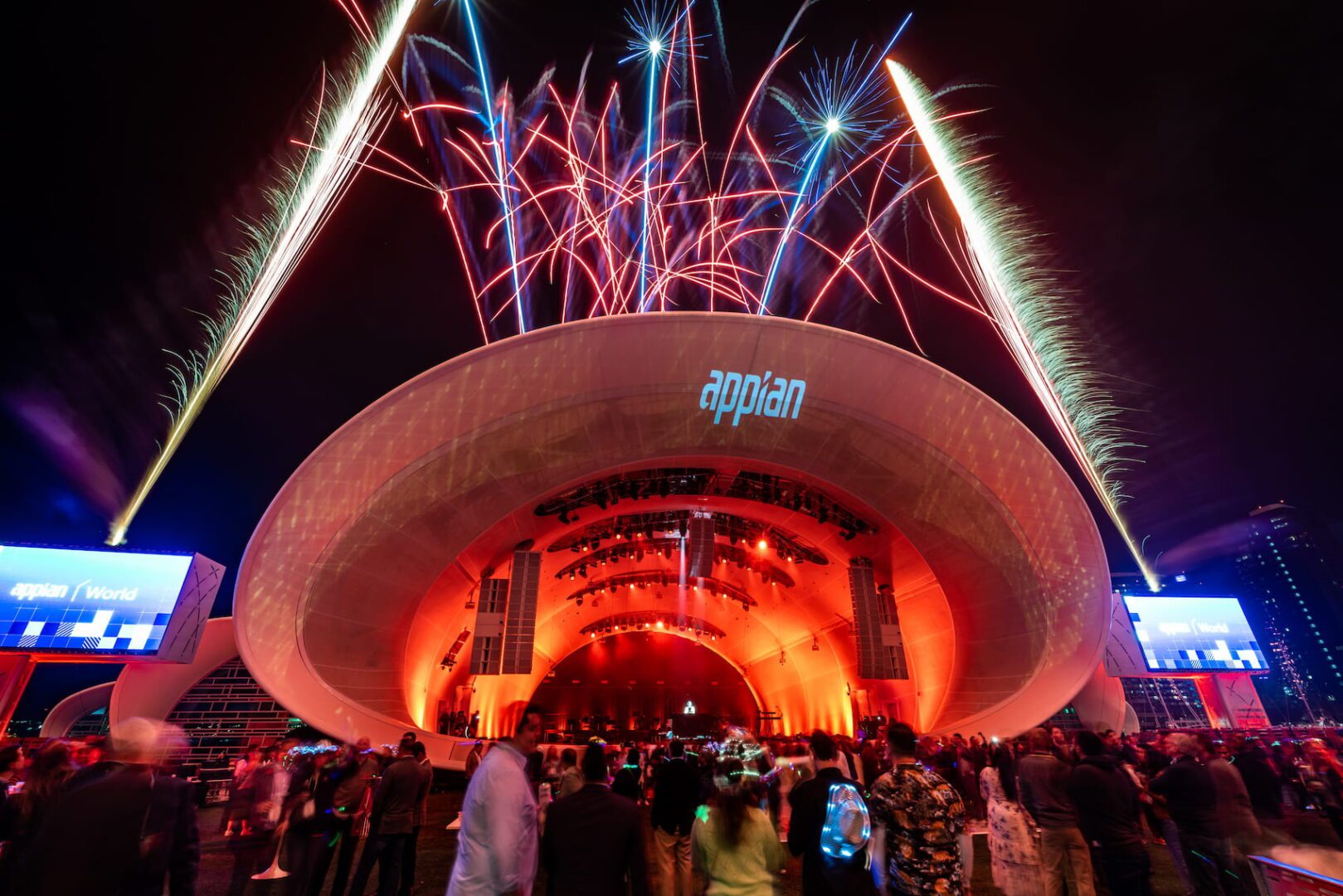Highlighting the Impact of Illumination Techniques on the Craft of Film Projection Mapping Techniques
Highlighting the Impact of Illumination Techniques on the Craft of Film Projection Mapping Techniques
Blog Article
Video projection mapping is an exciting art form that combines tech and creativity to transform ordinary spaces into extraordinary sight exhibits. This technique involves projecting graphics and videos onto three-dimensional objects, such as buildings, sculptures, or platforms. One of the key crucial factors in producing successful mapping in the use of effective illumination methods. Proper illumination improves the aesthetic elements of the display and ensures that the visuals are crisp and captivating. This piece explores the influence of illumination methods on motion mapping and how they can elevate the overall encounter.
Illumination plays a crucial part in motion projection because it sets the mood and feel of the exhibit. Different illumination techniques can elicit various emotions and reactions from the audience. For example, using gentle, cozy lights can create a welcoming atmosphere, while bright, cold illumination may produce a more energetic or intense effect. By thoughtfully choosing light colors and brightness, creators can influence how audience perceive the projected images, leading to a more immersive experience. The balance between mapping luminance and surrounding illumination is crucial, as it can greatly impact the visibility and impact of the images.
In addition to, color and brightness, the angle of light also affects the efficacy of mapping. Lighting from different directions can generate shadows and highlights that add dimension to the mapped visuals. This technique, known as chiaroscuro, can improve the three-dimensionality of the objects being projected. Furthermore, using moving lights can add dynamism to the exhibit, making the encounter more engaging for the viewers. When the illumination interacts with the projected visuals, it can create an illusion of motion and transformation, grabbing the viewers' focus.
Another essential aspect of lighting in mapping is the use of unique effects. Methods such as gobo illumination, which uses patterns and forms to filter light, can introduce depth and complexity to the mapping. This approach allows creators to superimpose images and produce aesthetically visit this page captivating results that complement the mapping. Additionally, adding laser lights or LED lights can additionally improve the display, providing a distinct blend of sight elements that draw the audience in. These special effects, when used carefully, can transform the mapping beyond a simple show to an engaging piece of art.
In summary, the impact of lighting techniques on video projection is profound. By understanding how different illumination elements connect with mapped visuals, artists can create enthralling experiences that resonate with viewers. The thoughtful choosing of color, brightness, direction, and special effects enables for a rich tapestry of visual narrative. As technology continues to evolve, the possibilities for artistic showcasing discover this in projection will only grow, making illumination an increasingly vital aspect in this progressive creative form.